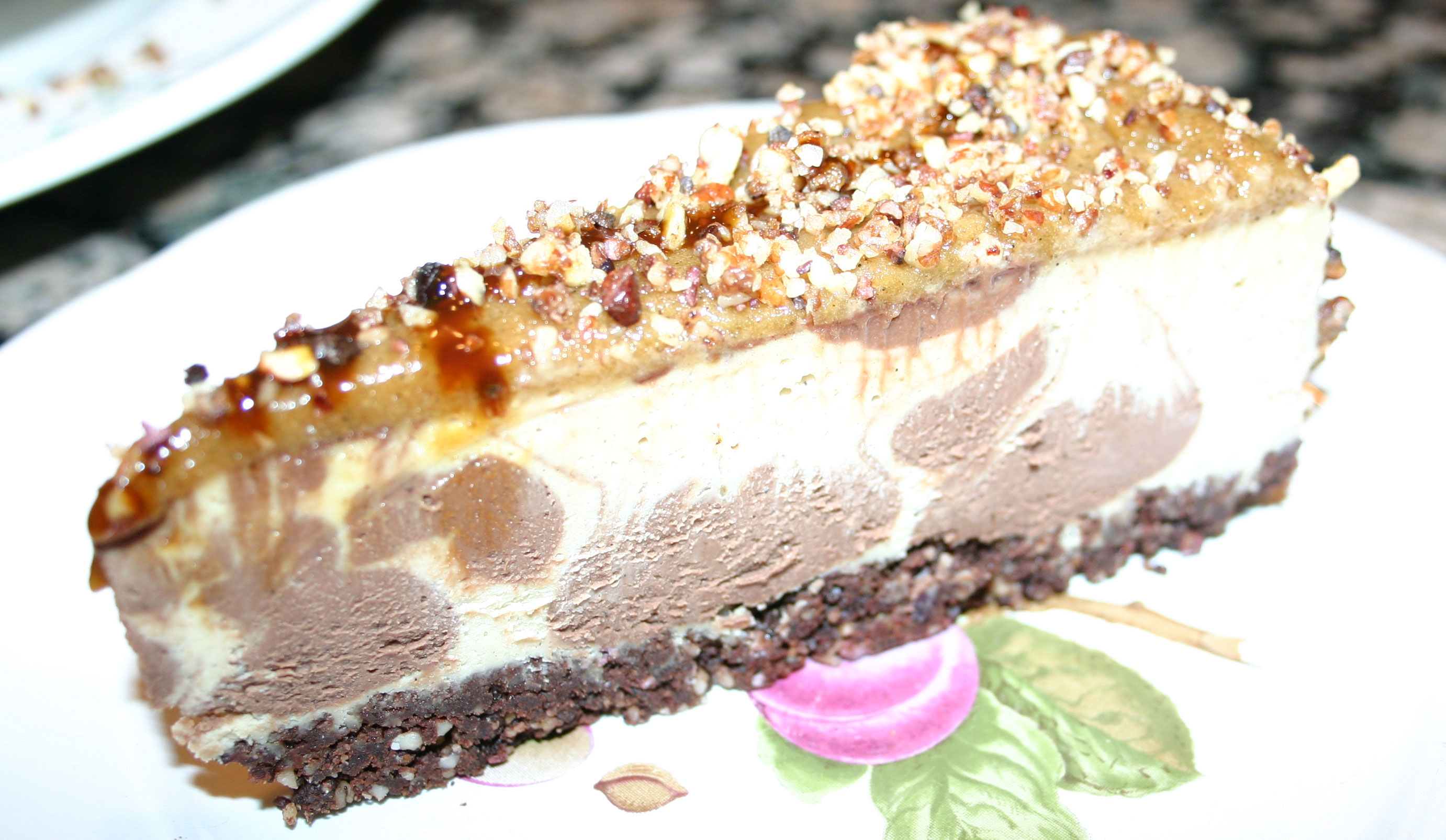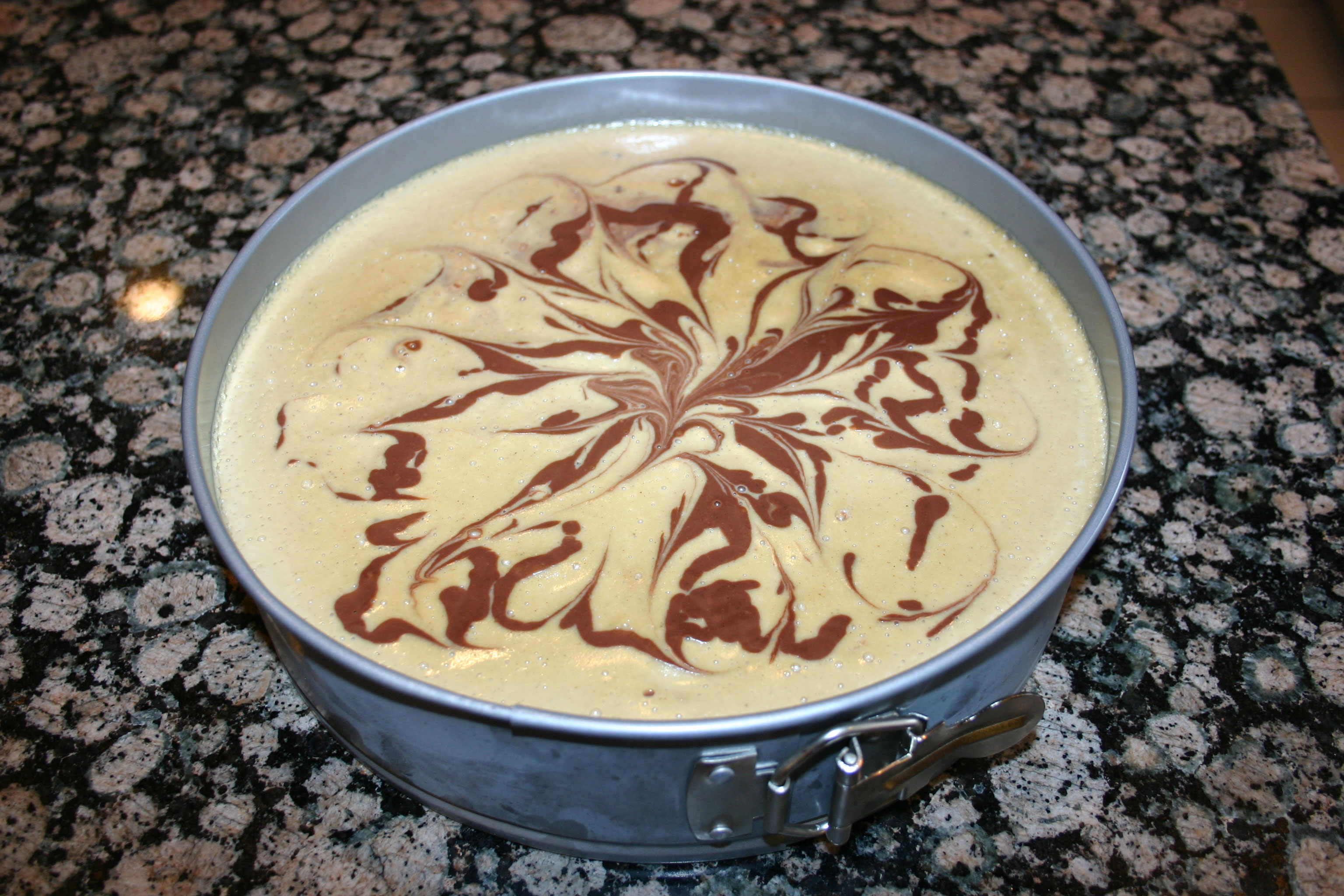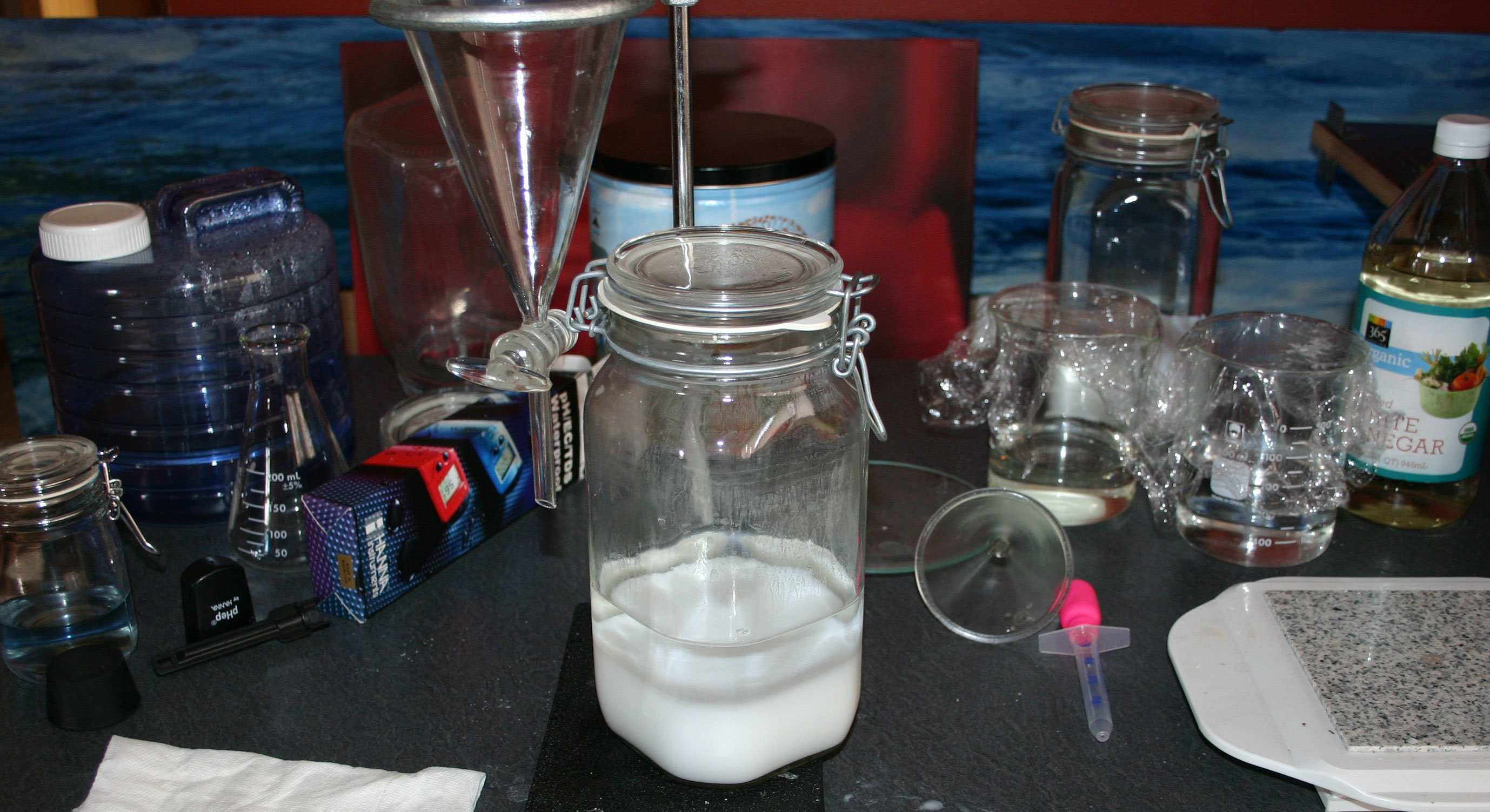Ha! Bet I caught your attention with that title! There is something mysterious about gold other then its allure as a wealth asset. Sure you can make jewelry out of it, coins and a little more useful items like circuit boards, but are there other, a little more hidden, capabilities of the stuff?
Some people think so. If you search the net, you’ll find a huge collection of postings that reference lectures given by the late David Hudson or Laurence Gardner. But it’s pretty rare to find people that have taken their information (teachings) and applied them in order to take it to the next level.
I guess there are doers and watchers in this world just like there are readers and TV viewers. From looking at the ratio between people who watch TV verses those that don’t, I would be willing to bet that a huge majority of the people are watchers rather than doers.
So, I decided to take a little walk using Google to see if there was anyone in the blog-o-sphere that is actively reproducing high spin M-state elements from sea water. I Googled “ORMUS making process -Sunwarrior” on Google blogs and started looking. (as a side note, I like the fact that Google allows you to look for postings that don’t contain words. Sunwarrior has a product called ORMUS greens that has a big following.) After a few hours and poking around, following links and scanning through to see how they referenced the word “ORMUS”, I have to conclude that no one is actively blogging about making ORMUS.
I have to wonder about that. There are forums on that you can join, like, whitegold-list@zz.com which put out emails where people converse about making ORMUS, but even when you follow the links, you find 10 year old information. The ORMUS FAQs on SubtleEnergies says:
To join the WhiteGold list send a message to WhiteGold-request@zz.com with the subject Subscribe.
That’s just a shame. There are lots of products where people make versions of White Gold Powder and they must have learned how to perform this operation from someone somewhere. You’d think the process would be echoed on the net.
Summary of Google search
Maybe you’ll find it useful and maybe I’ll want to take a deeper look at some of the sites that Google found someday soon. Thus, what follows is a little outline of what I found.
1) This website, White Powder Gold lab is a blog that talks a lot about Ormus and monatomic elements, but doesn’t seem to provide any new content. They do have a good selection (store) of books. Looks to me like they’re just trying to sell books. Maybe they’re making enough money selling books that they don’t need to investigate ORMUS any more.
2) Another site called The Bamboo jungle has a link to EMR Labs, LLC where someone outlines how to make ORMUS. But the recipe is like all the others that simply precipitate minerals from sea water. There is no mention of anything that would lead me to believe they precipitated anything unusual. There is no mention of high-spin state or metaphysical (or any) interactions with the stuff.
3) Here is another blog, LabVirus that simply echo’s old David Hudson stuff. The topics they cover sure don’t make me feel good. Didn’t like the name either and almost didn’t visit figuring I’d just stumble across another virus or something.
4) Here is another, Ormus Living. Looks like the blog is a single article. Ha. I believe I’ve seen this signature in Ormus forums – Denis Of Oz. Unfortunately, doesn’t look like he liked blogging. Maybe I’m just confusing the name with someone else.
5) Found another blogger that put together a little information. I love this statement:
However I think I am open minded enough to look at the content within the container and to discern for myself what is real and was isn’t.
It totally made me smile. I wonder if that container is half empty or half full?
Moving on…
6) Here is a site that I’d hoped to find something at, yet, just more scare tactics about heavy metals and toxins. I always find it a little funny when someone assumes that lye is always toxic to the body. Its just sodium hydroxide. That stuff is used to make soap. People have been using it on their skin for generations, and what you put on your skin is absorbed in the body. Also, these people are precipitating elements found in edible salt. If there were toxic compounds in these salts, we would have found out a long time ago!
7) Here is a blogger that’s caught my eye; RawketScience. This person has done a really nice write up on Ormus. It’s short and to the point. I like the fact that she’s referenced FOOD as an Ormus source. (Might touch on that in a later posting…) and I think I could spend some time on this blog.
8) After digging around through all the previous articles, I found this at Alchemy Forums. It’s a posting outlining the web method, but it was unclear if the person actually made ORMUS or if they were simply passing the information on. In any case, this method looks really simple:
Producing Ormus material. few different modified methods
Joshewon Brinobi on Mon Dec 22, 2008 10:19 pm
So through my m-state works i found a lot of the techniques had some flaws to them. So i did some work on them. I don’t mind sharing this information if anyone is interested. If you find anything wrong with this work or ways to simplify please speak up. If you would like to post your methods, please do so.
There are a good few different methods i will post here. Some of these methods are from others work. So i surely do not claim them to be of my own.M-state modified wet method.
How to make M State gold from Dead sea salt.
1 Take 1/2 cup of Dead Sea Salt,
2 Add 2 cups of distilled water.
3 Now have sea water from dead sea salt.
4 Pour sea water through a coffee filter to filter out scum.
5 Pour the sea water into a stainless steel pot. Slowly, drop-by-drop,add the food grade lye solution WHILE STIRRING. Every ten drops or so, test the pH. You might want to take at least 3 to 5 samples from different regions of the liquid.
6 bring the pH up to 9.5, then stop to be on the safe side. If you are using a pHmeter, stop just before you get to pH 10.78.
7 A white precipitate which includes m-state elements will form.
8 You must proceed slowly and patiently so that you do not
exceed pH 10.78 with a meter or pH 9.5 with pH paper. If you go
higher than pH 10.78, you might get a “Gilcrest precipitate” of toxic
heavy metals. It is alleged that the Dead Sea salt water does not produce any Gilcrest precipitate. This has not been proven and should not be assumed.9 Once you are at the correct pH, stop.
10 Pour the solution into a clean glass jar or test tube.
11 The white precipitate (slurry) slowly settles on the bottom of the jar.Let the slurry settle overnight. If metals or other toxins have been ruled out by prior testing of your starting material, the slurry is probably mostly calcium hydroxide, Mg(OH)2, lye, and a small amount of m-state
12 Using a large syringe (or siphon), remove the liquid above the slurry
13 Add distilled water to the precipitate (filling the jar), stir thoroughly, and let it settle again for at least 4 to 5 hours, preferably overnight. Put the jar inside of a metal cookie jar inside of another metal jar . Steal wool between the jars will keep the solution away from magnetic fields.
14 Do 12 and 13 4 times to wash the material well. Using distilled water each time.
15 This step use to be to boil the solution for 5 minutes. Boiling is probably not the best idea unless you are using straight sea water and not using the dried sea salt reconstituted in water.
16 Take ph to 12 .
17 Filter material and keep liquid.
18 Use vinegar to bring the ph to 10.7 . Jello like precipitate will form.
19 To further filter the material to dry material m state elements.
This procedure removes the Mg(OH)2 by dissolving it below pH 9. First get some HCl (or muriatic acid) and coffee filters. A safer alternative to HCl is distilled white vinegar.
1. Dry the precipitate in a dark oven at about 275 degrees F for
one or two hours. This forms a dry powder.2. Take the dry powder and pulverize out any clumps.
3. In a glass container, cover the powder with some distilled
water. For example, one liter of water for one cup of powder.4. Add HCl or distilled white vinegar drop-by-drop to bring
the pH to 5 or 6.5. Shake the bottle and let it sit overnight. The dried m-state
should not dissolve at that pH, but the Mg(OH)2 should
dissolve.6. The next day, after all the Mg(OH)2 has dissolved, pour
everything into filter paper.7. Wash the powder collected in the filter paper several times
with distilled water to remove any residual traces of HCl or
vinegar.8. The washed powder may be oven-dried again at about 275
degrees F, and you should have m-state powder free of
Mg(OH)2.Last edited by Joshewon Brinobi on Tue Jan 06, 2009 3:21 am; edited 3 times in total
Visita
Number of posts: 8
Registration date: 2008-12-21
Let’s keep looking…
9) The Book of ThoTH has an interesting historical mix of information about “ORMUS”, but for some reason, I think they’re over complicating things. Someone did a bunch of reading, but did they make ORMUS? I doubt it.
In the end, maybe I’ll find a community on the net that doesn’t hide behind what could be, but publishes what is.
Meanwhile, I’ve got some new books to read and another batch of sea salt to mix up. Hopefully this time, I’ll get to the ‘Jello’ that is mentioned in the above directions.
Good day!




